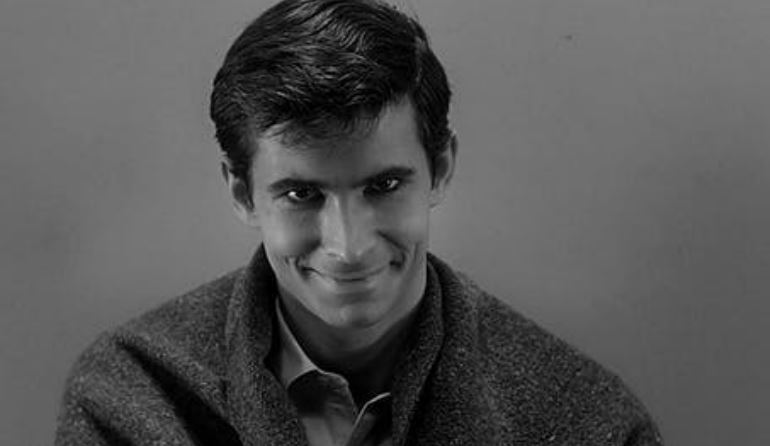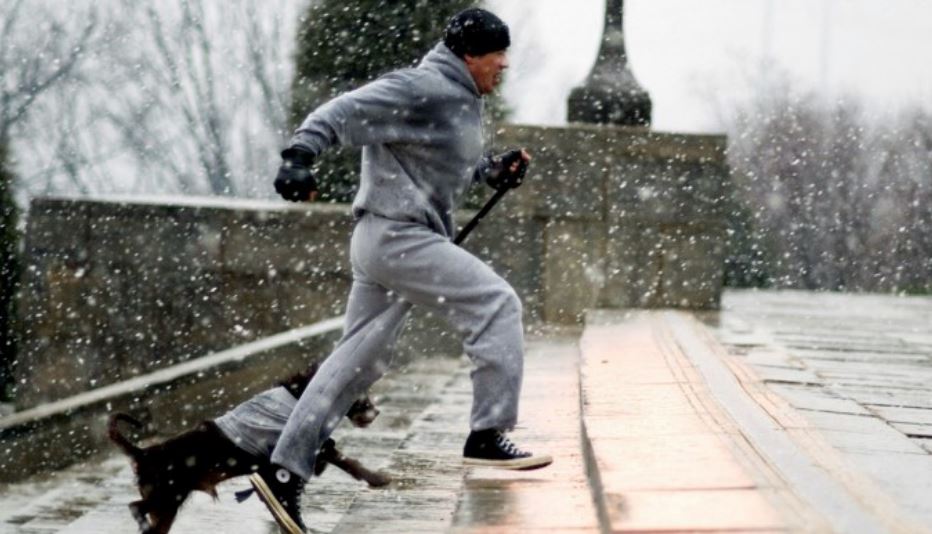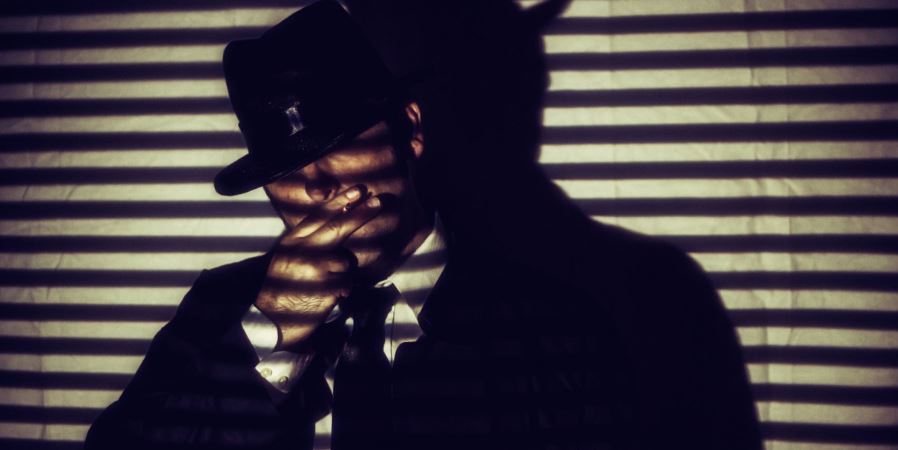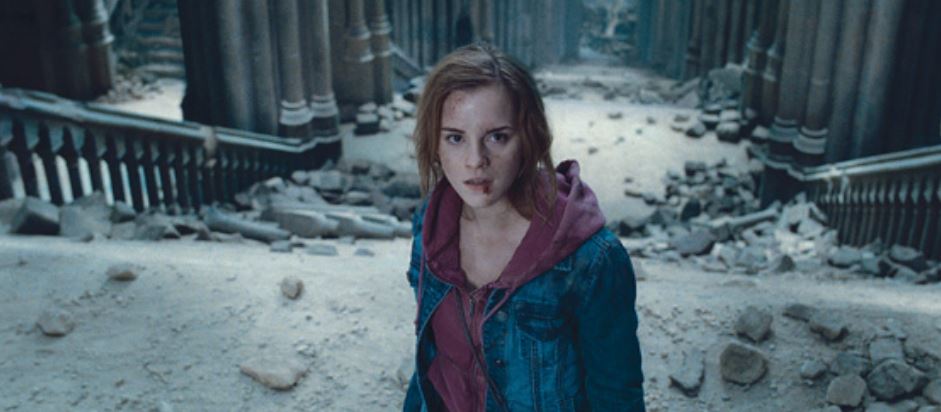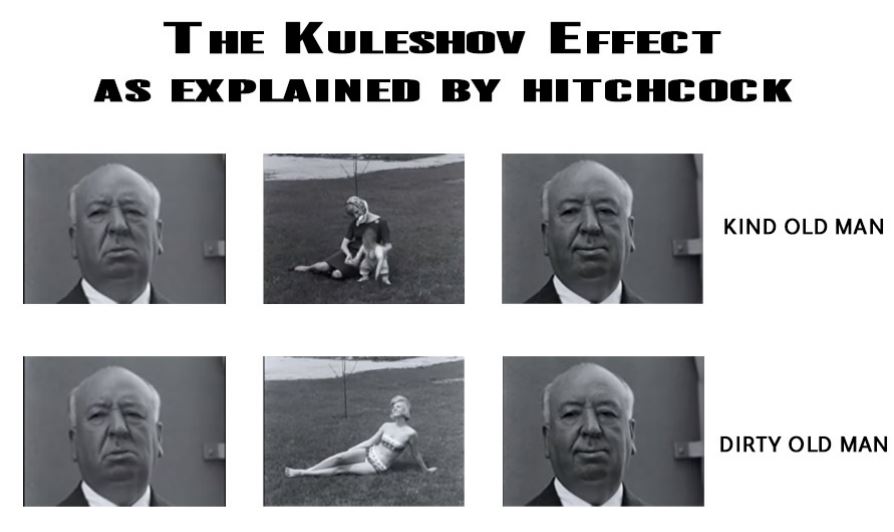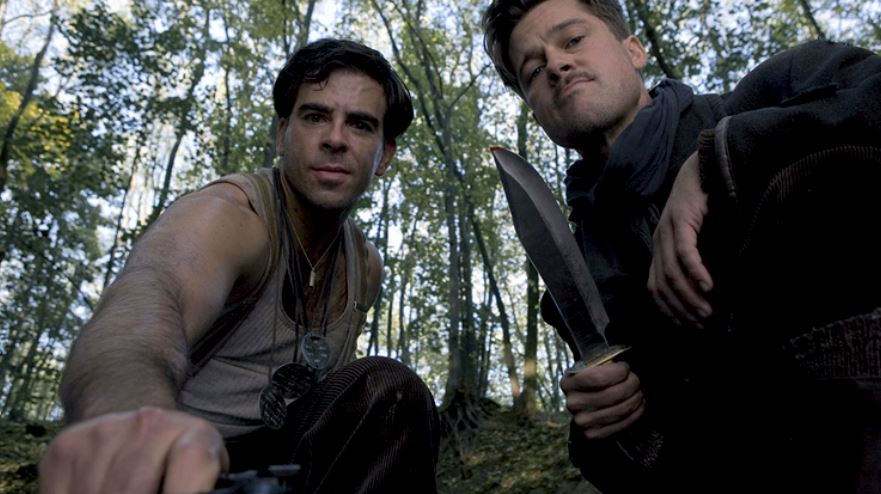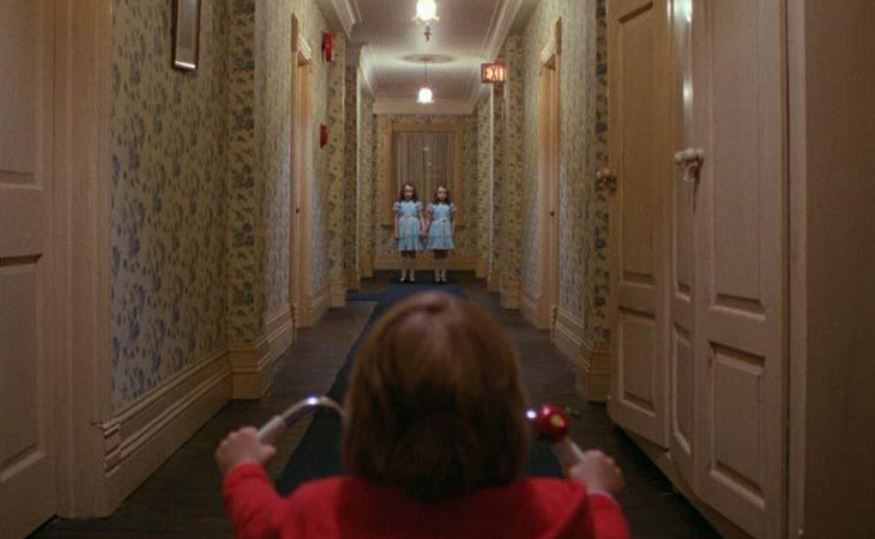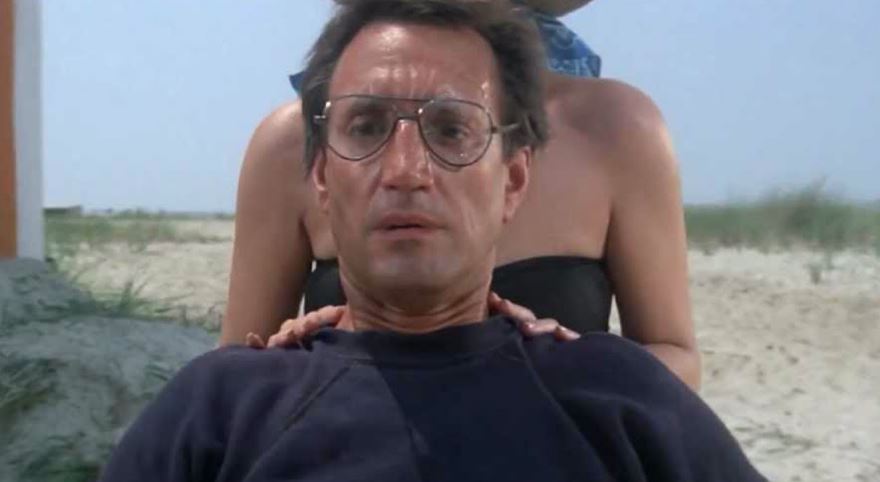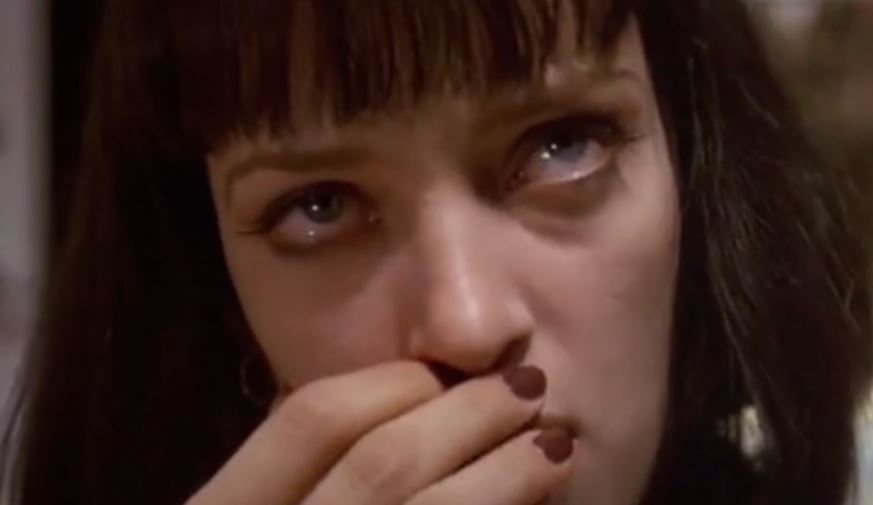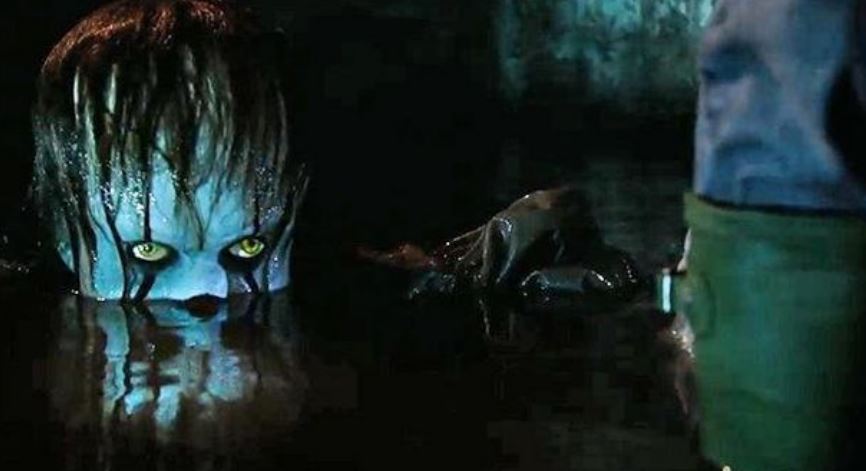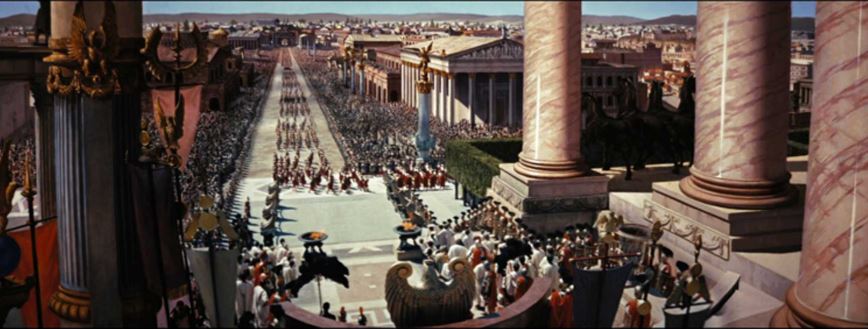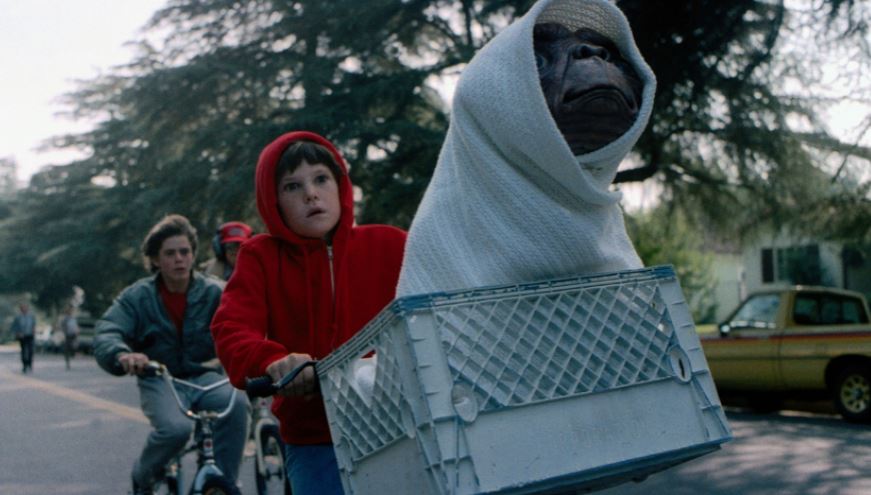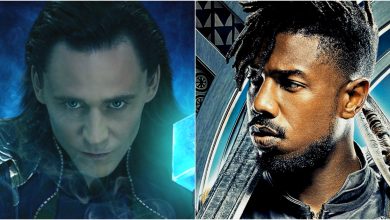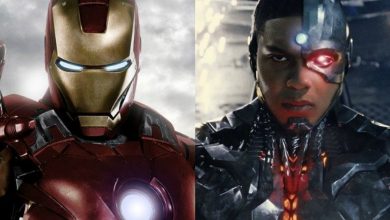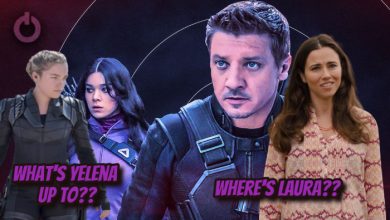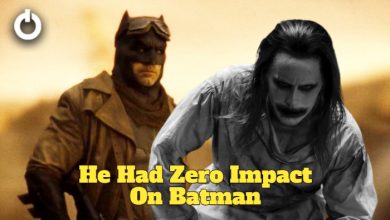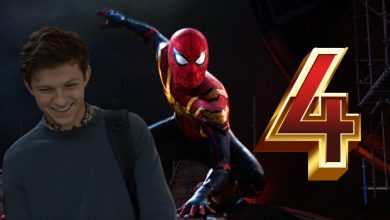14 Tricks Directors Use In Movies Which You Never Noticed
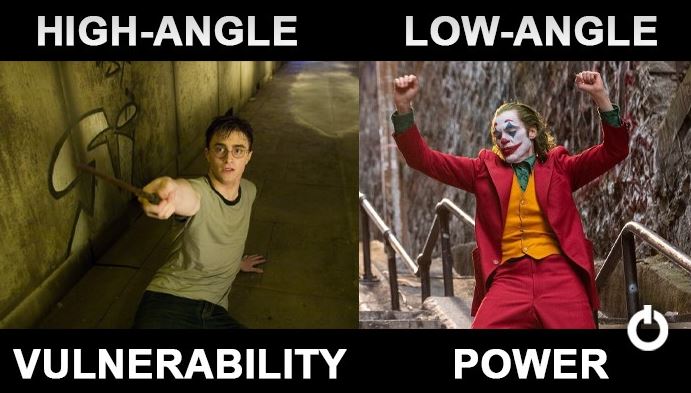
Making a film is not just about memorizing the scripts and recording scenes. It requires several tricks and science to produce a moment just as the director has pictured in their mind. The behind-the-scenes are totally different from the final product that we get on the screen. The digital effects team and the creative team can transform an ordinary scene into a super-intense on. It requires the right music, angle, and countless other trickery viewers aren’t aware of. You can learn about some of them on this article. Here are the 14 tricks directors use in movies which you never noticed.
Villain Staring Into The Camera
If you are shown a collage of 20 pictures with different expressions, your brain will immediately notice the one staring at you. That’s because our minds designed in a way to catch threats. Therefore, the evil characters in movies such as Hannibal Lector in “The Silence Of The Lambs” and Norman Bates in “Psycho” stare right into the camera making you believe that they are stalking you. Till date, I can’t look at Norman Bates for more than a second. It happened with the Nun as well until “The Nun” released and turned the character into anything but scary.
Right to Left
When a character is introduced by moving from left to light, they are perceived as the hero or good guys. However, a movement in the opposite direction implies something sinister and wrong about the scene or the character. Left to right is always a positive idea.
Low-Light On Characters
Low-light on characters sends a mysterious vibe. When the character’s face isn’t clearly visible to the audience, it builds a lack of trust or the fear of the unknown. The dark and low-light themes are mostly used in mystery-thrillers to amplify the stress.
Color Tone
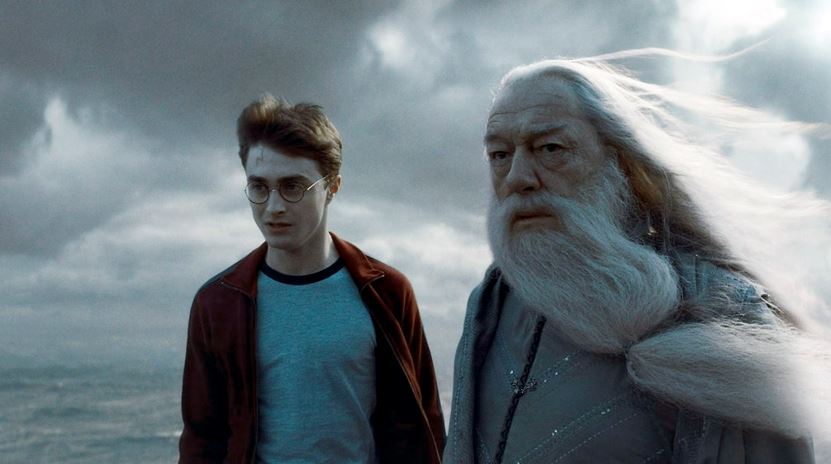
The color tone used a scene enhances the theme of the story and sets it apart from the other themes of the movie. For instance, in “Pan’s Labyrinth”, the fantasy world projected warmth with crimson but the harsh reality outside had a blue and green color tone. Harry Potter is the best example for the color tones which were bright and magical in the earlier parts but got greyer and darker as the story proceeded.
High- Angle Shots
Remember how Harry Potter was mostly filmed from the top especially when the Dementors attacked him? That’s because shooting a character from a high angle makes them appear vulnerable and powerless.
Kuleshove Effect
Kuleshove Effects is an effect where two shots are used in sequence rather than a single isolated shot. That’s because viewers tend to get a better message by comparing the two shots than looking at a single one.
Low-Angle Shot
A superhero like Superman or Batman and a villain such as the Joker are shot from a low-angle when they are supposed to look more powerful and formidable. Even Thor was shot from below after he got his powers in Thor: Ragnarok or Thor.
Changing Architectural Layout
Sometimes, directors take architectural liberty to change the layout that serves the emotions he/she wants to create. For instance, the hotel corridor in “The Shining” was changed and given an unrealistic layout. While you didn’t realize the change but your subconscious mind did and created a sense of discomfort and disorientation. That’s half of the scenes in the movie that looked like a trippy dream or nightmare.
Dolly Zoom
Dolly Zoom is used to make the viewers feel confused and dazed because of the unrealistic view. In this unsettling scene, the camera either moves away from or zooms to the subject while the background moves in the opposite direction. For example, the subject is moving farther and farther away from you but somehow its surroundings are getting closer.
Slow-Zoom
When the camera pauses on a mid-shot on a subject but slowly zooms over them, it heightens the suspense and thrill. A close-up is mostly used during plot-twist or major revelation.
Infrasound
Infrasound is a low-frequency sound that is way below our audibility. Infrasound leaves adverse effects on humans such as imbalance, anxiety, disorientation. Therefore, horror films use infrasound to make viewers feel uncomfortable. Even if they are not able to hear it, the body responds to it.
Music
You are no stranger to how music tones can influence your mood and emotions. Some keys especially the minor keys make you feel sorrow, lost, and heavy at heart. But when the director wants you to feel happy and victorious, they will play major keys in the background. So merely showing the protagonist smiling isn’t enough for you to feel him/her. The music will throw you in the character’s emotions.
Aspect Ratio
Aspect Ratio can set the whole theme of a scene. 1:1 depicts walk-in past memories as they look like old photographs. Similarly, 21:9 used in “The Dark Night” created thrill, suspense, and most of all intense drama. Whereas, 4:3 is used for period pieces.
Children Movies
Most of the children’s movies such as “E.T. the Extra-Territorial” or “Home Alone” were filmed from a low angle. That’s because the director wanted the viewers to watch the story from a child’s perspective.
